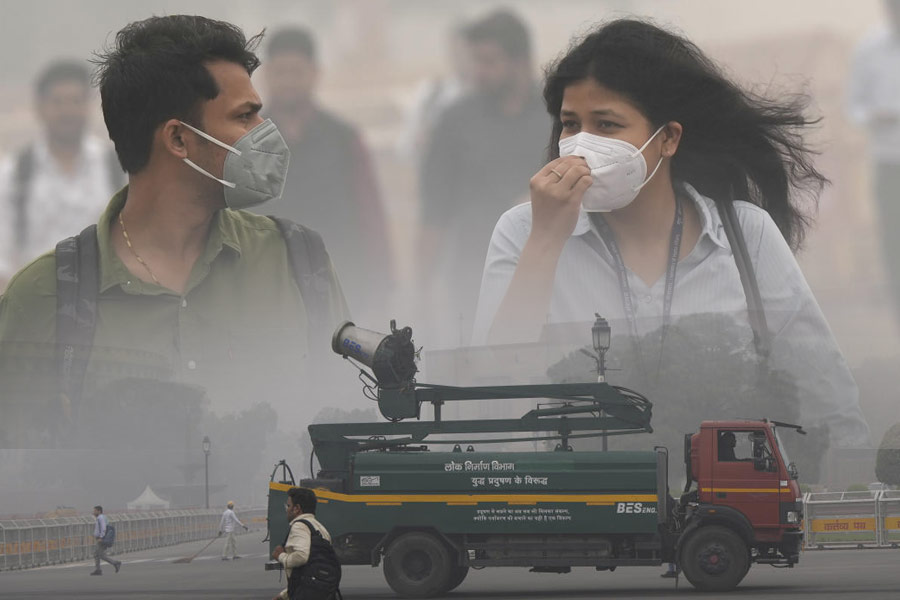
Telegraph picture
The number of applicants in next year’s state joint entrance examinations has come down to 89,000 from 113,912 this year, a sharp drop that academics are attributing to waning interest in engineering courses triggered by shrinking job prospects.
The applicant count in 2019 was around 11,000 less than previous year’s. The gap between this year’s count and that of last year is as high as 25,000.
Prospective state JEE candidates had time till November 13 to fill in forms online.
Students who crack the test are allotted seats in engineering colleges in Bengal based on their ranks. Those intending to study medicine have to write a separate all-India test.
The JEE board has advanced next year’s exams by two months to February so that colleges have more time to fill their seats.
But the sharp decline in the number of applicants has spawned a fear among members of the Association of Professional Academic Institutions — a platform for self-financed engineering colleges — that they could be staring at more vacant seats next year than this year.
More than two-thirds of the 33,000-odd engineering seats in Bengal had remained vacant this year after the end of the centralised counselling of the JEE board in August. Middle-rung engineering colleges suffered the most.
Considering the sharp fall in the number of applicants over the past two years, academics associated with engineering education think students have become selective while applying their mind to study engineering.
“The trend is suggestive of a selective bent of mind. Students still find it attractive to study BTech at Jadavpur University because of the quality of teaching and placement records. But that is not the case with most colleges, given the poor job scenario. The figures reflect this,” said Chiranjeeb Bhattacharya, a pro-vice-chancellor of JU and member of the JEE board.
The applicant count over the past five years suggests the figure has been on the wane since 2018. In 2016, 2017 and 2018, the number of applicants was 127,000, 127,196 and 125,000, respectively. The drop that was marginal in 2018 reached a high of 25,000 for next year’s exams.
Anupam Basu, who was chairman of the All India Council for Technical Education’s syllabus revision committee on computer science, said: “The massive decline in the number proves that gone are the days when the mere term ‘BTech’ was enough for a college to draw students. Today’s students are much more aware of the reality. They keep themselves updated about placement records as well as the quality of faculty and details of the curricula of a college before investing in a course.”
Basu, who is also the director of NIT Durgapur, had warned in his convocation address at the institute on September 7 that the graduating students were entering an uncertain world amid “turbulence and challenges in the economy, the job scene”.
A section of bright students, he said on Tuesday, is more focused on studying economics, law and sports medicine, the emerging areas that seem to have good job prospects. “The bottom line is we have more engineering seats than required,” he said.
Asked about the fall in the number of applicants, JEE board chairman Malayendu Saha said: “We are trying to attract only those who are serious in pursuing engineering. This year out of 113,912, only 80,000 had written the test. Let’s see how many write the exams next year.”











